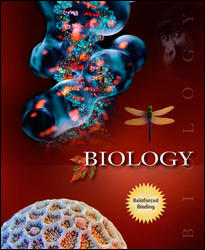 
Biology, Eighth Edition (Raven)Chapter 22:
The Origin of SpeciesLearning OutcomesChapter 22
- Define and differentiate between sympatric and allopatric speciation.
- Be able to describe and give an example of instantaneous speciation and polyploidy.
- Know what is meant by the Biological Species Concept and explain why the controversy of hybrid species surrounds it.
- Distinguish between the Biological Species Concept and the Ecological Species Concept.
- Differentiate between prezygotic and postzygotic isolating mechanisms.
- Distinguish between the three types of postzygotic isolating mechanisms.
- List the six predominant prezygotic isolating mechanisms and give examples of each.
- Give two ideas that may be explanations for the development of reproductive isolating mechanisms.
- Explain how geographical isolation influences allopatric speciation.
- Give examples of how clusters of species reflect rapid evolution through adaptive radiations and character displacement.
- Develop an appreciation for the importance of the Cambrian explosion and mass extinction events as they have led to species diversity.
- Describe how extinctions during the Cretaceous led to increased opportunities for mammal diversity.
- Differentiate between gradualism and punctuated equilibria.
- Be able to speculate on some possible outcomes of the human species evolutionary future.
- Describe how the influences of humans can affect the future of evolution.
 |  |
|





